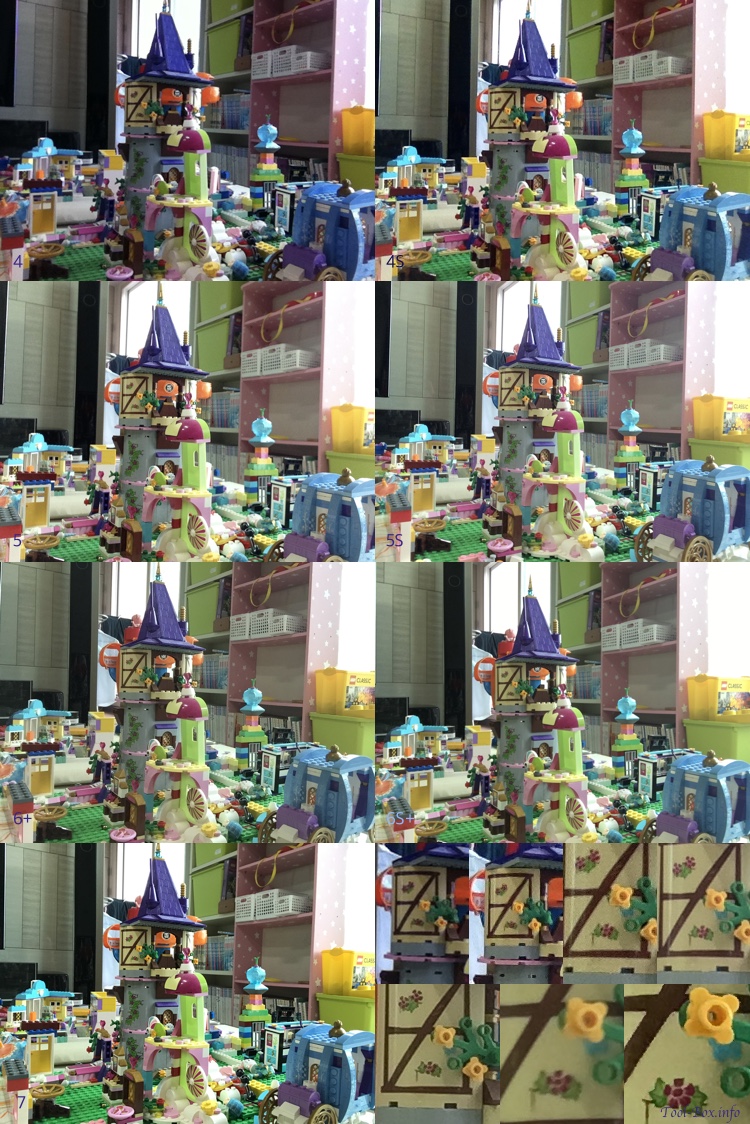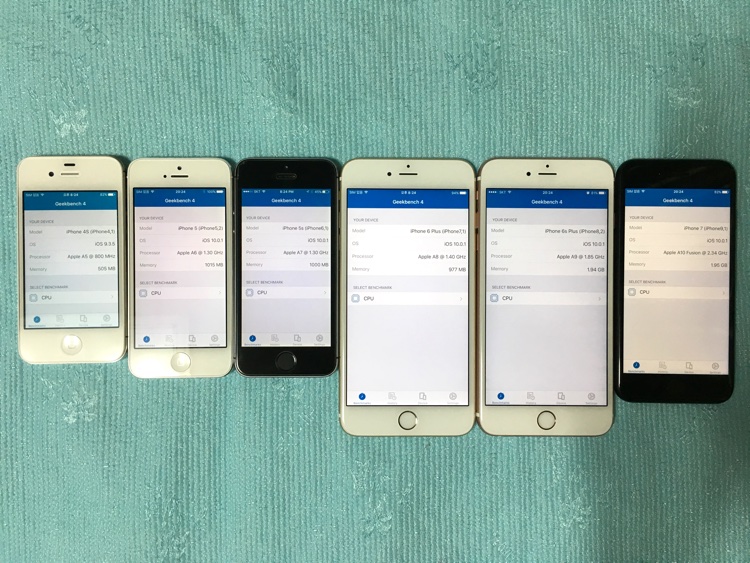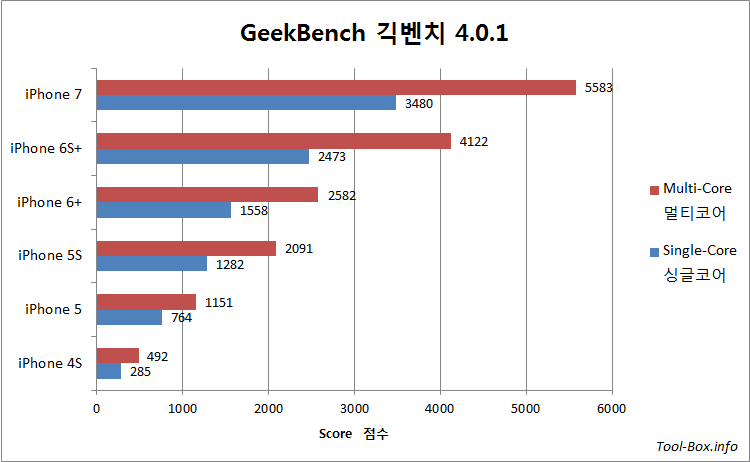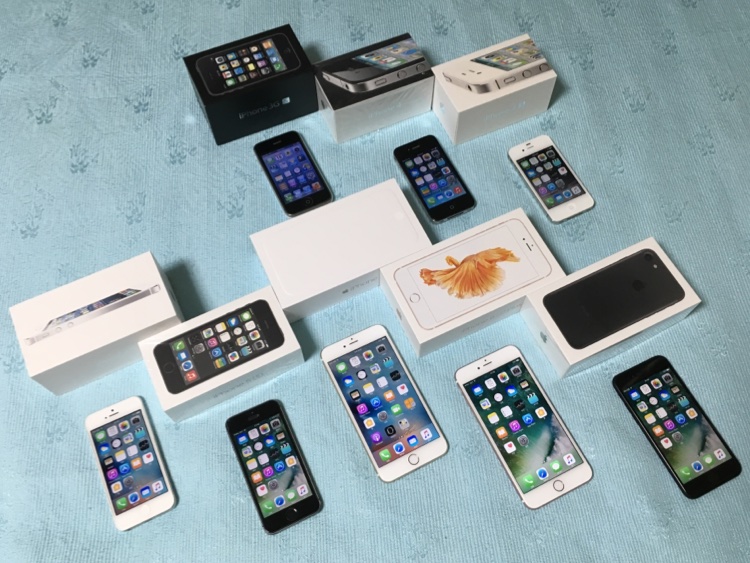How loud is the camera if an iPhone's from Korea or Japan?
Posted by Wesley on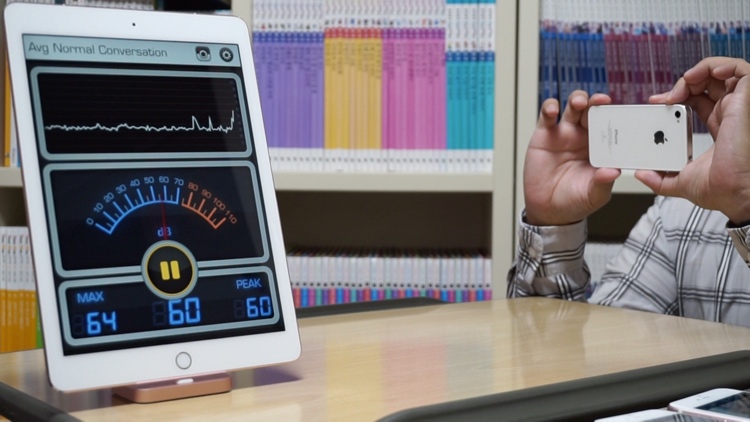
Measuring the camera shutter sound of the iPhone 4S with the iPad Pro 9.7"
In Korea or Japan, loud camera shutter sounds from smartphones are a fact of life due to the voluntary standards for the camera-equipped cellphones meant to ease privacy concerns. Issues had already been raised as far back as 2001 in Japan and Korean government started taking action in 2003. These standards call for a mandatory shutter sound of certain loudness even in silent mode. In Korea, sound level is set to be between 60 and 68dBA.
Note that this is not mandated by law in either countries, so there is no legal repercussion for not honouring the standards. Still, it poses an annoyance in many legitimate circumstances, something that users in other countries would never encounter. Imagine that the phone will make a loud sound whenever you take a photo or a screenshot(!) even in silent mode. There are 3rd party camera apps that try to avoid the sound, but for the screenshots you would ultimately need a system-level hack. This means jailbreaking or finding an obscure bug/feature.
I noticed that this problem has been exacerbated on the iPhone 7 series because it is using two speakers instead of one. You'll now get to hear the noisy shutter sound even louder, in stereo. To get an objective picture of the situation, I brought out my iPhone collection for a round of sound level measurement for the camera shutter sound. Here's how they stacked up.
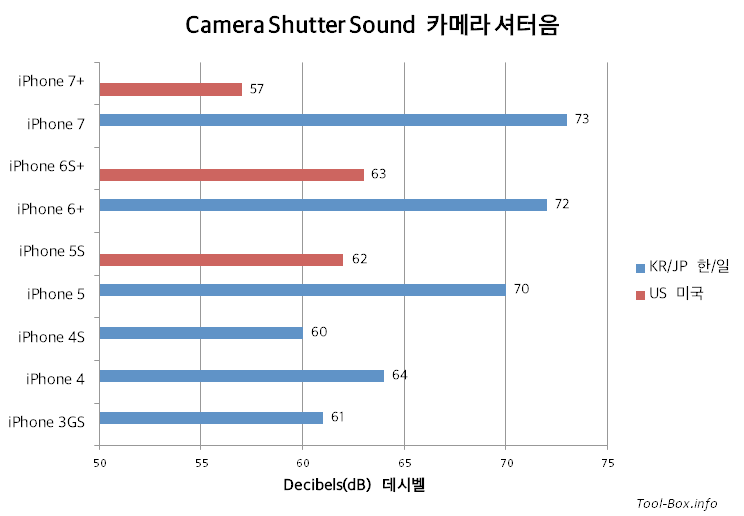
The test was done by measuring the sound using the "Decibel 10th" app on the iPad Pro 9.7". Tested iPhone was 40cm(16") away from the iPad's microphone. To human ears, an increase of 10dB is felt as the sound being twice as loud. This means that the integrated speaker got roughly two times louder since iPhone 5 onwards. Incidentally, this would've been necessary to meet the aforementioned Korean standards. The 60dB level must be attained at a distance of 1m(3.28'), and there is a decrease of 8dB for moving from 40cm to 1m. Taken together, it becomes obvious that the iPhone 4S and earlier models wouldn't be loud enough.
And as expected, iPhone 7 I bought in Japan was the loudest, even though the second speaker was facing away from the iPad's microphone. One consolation is that the sound heard by the subject isn't much louder than before; you only hear it as being much louder because the second speaker is facing you.
Meanwhile, the iPhones bought in the United States turned out to be relatively quieter even when the volume was set to the loudest. In fact, my iPhone 7 Plus had a very quiet shutter sound even though music playing on it was quite loud in contrast. This shows that Apple is intentionally boosting the speaker output beyond normal levels when the shutter sound is made on the Korean and Japanese models. It would be difficult for those who haven't used these models to realize how loud they are.
If you want to hear the difference for yourself, here's the video of the test that the results are from. If anyone had been wondering why I still try to get iPhones from the United States, this should be the answer.
Defined tags for this entry: camera, iPhone 3GS, iPhone 4, iPhone 4S, iPhone 5, iPhone 5S, iPhone 6 Plus, iPhone 6S Plus, iPhone 7, iPhone 7 Plus, sound
